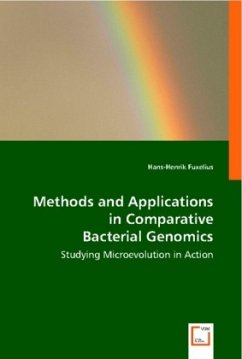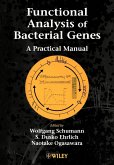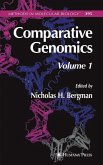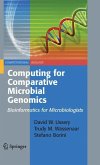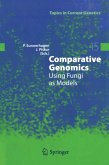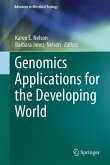Comparative studies of bacterial genomes generate massive amounts of information. In order to support a systematic and efficient approach to genomic analyses, a database driven system with visualization capacity was developed. The GenComp software was applied to studies of intracellular bacteria. ORFs were extracted and grouped into families. Based on gene order synteny, orthologous clusters of core genes and variable spacer ORFs were identified and extracted for alignments and further analysis. GenComp was applied to six Chlamydia trachomatis strains to identify the most rapidly evolving genes. Five genes were chosen for genotyping, and close to a 3-fold higher discrimination capacity was achieved than that of serotyping. A massive comparative analysis were performed on the variable gene set in the Rickettsiaceae, which includes R. prowazekii and O. tsutsugamushi, the agents of epidemic and scrub typhus. The analysis indicates that up to 70% of the extensively degraded and variably present genes represent mobile genetic elements and genes putatively acquired by horizontal gene transfer. This explains the paradox of the high pseudogene load in the small Rickettsia genomes.
Bitte wählen Sie Ihr Anliegen aus.
Rechnungen
Retourenschein anfordern
Bestellstatus
Storno

